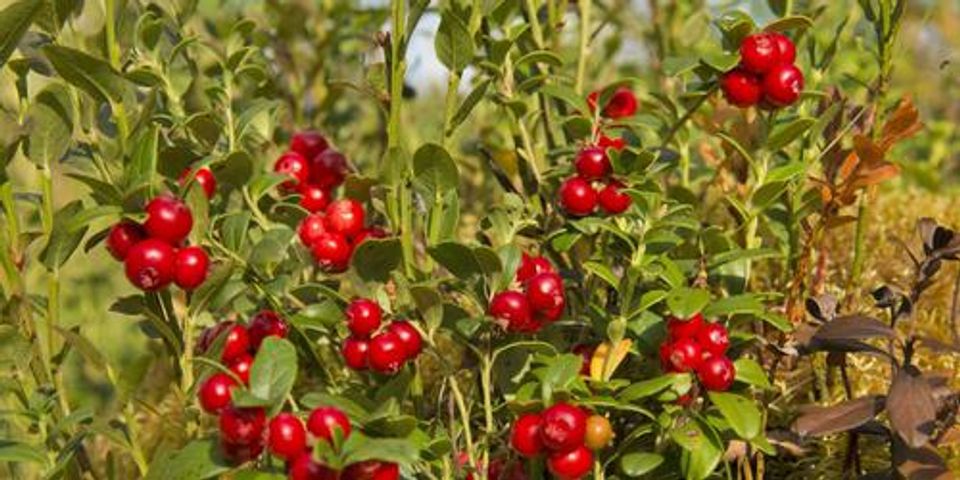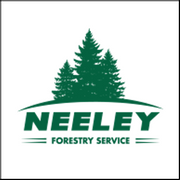What Is Harvest Design & How Does It Protect Forests?

Harvest design is based on a logging system that considers several factors to protect the surrounding areas. It examines seasonal changes, soil composition, topography, and other factors to complement existing habitats.
One of the key components of harvest design is determining how the logging operation will have an impact on resources over the long term. Forest management planners conduct extensive research to gather data on whether logging is environmentally feasible.
First, an area's topography is analyzed. This includes identifying streams, slopes, and drainage channels. Producers examine whether these and other areas will need special services and equipment.
 Another important component of harvest design is how production will impact the area's water quality. For instance, operations are reviewed to determine if soil erosion may become a long-term concern. In the planning stage, seasonal rainfall amounts also play a part, as they relate to soil disruption.
Another important component of harvest design is how production will impact the area's water quality. For instance, operations are reviewed to determine if soil erosion may become a long-term concern. In the planning stage, seasonal rainfall amounts also play a part, as they relate to soil disruption.
Harvest design takes into consideration wildlife and their habitats, too. Planners strive to seek the best solutions for maintaining the surroundings. If a habitat is at risk, options may include the safe relocation of animals to similar areas that will provide food, water, and other necessary resources.
Even the action plans to refurbish the areas after harvesting are reviewed. Tree species and timeframes for growth are just a few key factors that are examined. Forest management professionals also include services designed to nurture and protect trees so they can flourish for generations to come.
Neeley Forestry Services in Camden, AR, understands the critical importance of protecting forests and other green spaces. It's why the land management company places a strong emphasis on eco-friendly solutions, such as harvest design. If you're an environmentally conscious business seeking sustainable logging services, call (870) 836-5981 to learn more about how they can help. Visit the website for additional information.
About the Business
Have a question? Ask the experts!
Send your question

